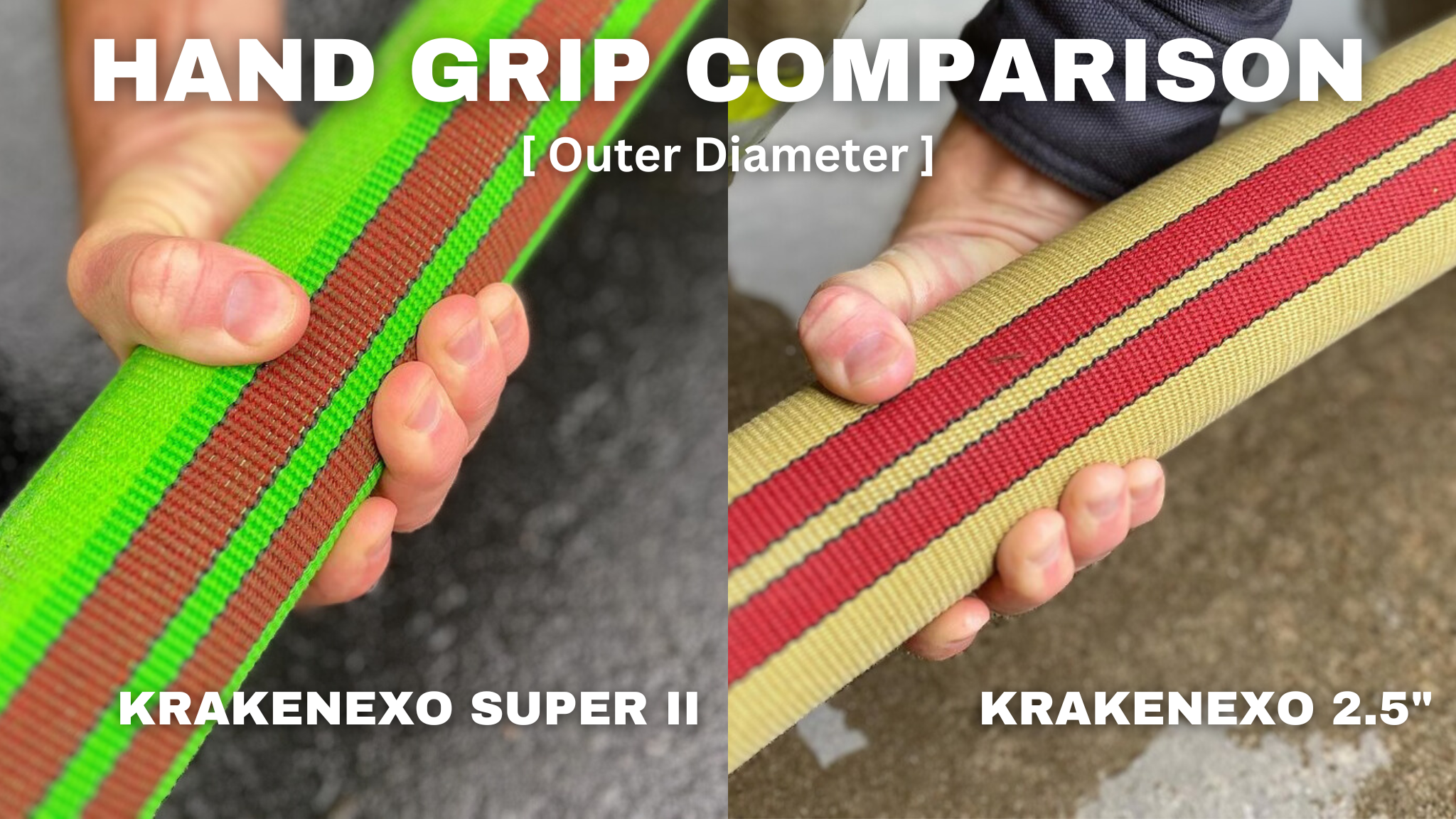Lt. David Quick posted this requirement update on Instagram today – which felt fitting given our official launch! As a fellow fire hose nerd, Lt. Quick sits on the NFPA technical committee alongside our head engineer and takes great pride in pushing for higher hose standards.
[ The first half of this was written by Lt. David Quick – reposted from Instagram @thehosenerd ]
"The new consolidated NFPA 1960 Standard became effective on December 23, 2023. This new document includes NPFA 1961, which contains new standard language on hose diameter and mandatory publishing of information by manufacturers. The intent is to help firefighter design effective attack packages for their built environments, occupancies and operations."
SUMMARY:
- Diameters Added: Prior to the 2024 edition, hose diameters were not listed. Diameters now include: (Attack: 1”, 1.5”, 1.75”, 2”, 2 1/4”, 2 1/2”, 2 3/4” & Supply: 3”, 3 1/2”, 4”, 4 1/2”, 5”, 6”) (Note 2 1/4” & 2 3/4” are NEW!)
- Listing diameters of hose was important as attack hose can no longer have an Internal Diameter (ID) greater than 3/16” its nominal size. As examples: 1.75” hose can not be greater than 1.93” and 2.5” hose can not be greater than 2.68” when plugged dry. The ID of Supply Hose can not be greater than 1/2” its nominal size.
- Prior to this edition, there was no method listed to measure the ID of a hose. Measuring the ID of a hose is now performed as outlined in UL19. (A tapered plug gauge is used and inserted in the end of a hose that is cut square.)
- The charged ID of an attack hose at 50 psi & 150 psi must be publicly published by the manufacturer. The charged ID of the hose is important to know as it affects the flow range of the hose, the size of nozzle tip(s) it can be paired with (Freeman Ratio) and the amount of water in the hose (think charged weight).
- The charged outside diameter (OD) of an attack hose at 150 psi must be publicly published by the manufacturer. Charged OD affects the maneuverability of the hose, especially in the medium diameter attack package (2”-2.75” hose). A smaller charged OD allows for better grip.
"I know a lot of folks are not huge fans of the NFPA, but I can tell you that these additions were brought forth by firefighters and unanimously supported by manufacturers. I am proud to work alongside such committed and openminded people, who’s only goal is to move the fire service forward, with no hidden agendas." – Lt. David Quick, Manchester Fire Dept (NH)

WE BELIEVE TRANSPARENCY BUILDS TRUST
We built KnowYourHose.com in order to ensure you have access to all the data necessary to make educated decisions about your hose choices and applications.
We were aware and supportive of this upcoming potential change to the NFPA requirements, which gave us the push to get this site up quickly.
Having a more robust standard for manufacturers benefits you – ensuring that you are comparing apples to apples in terms of functional hose sizes. Some hose materials expand more than others. Some are thicker. This impacts things like weight, hand grip, and maneuverability.
While the dry ID is important, the charged ID is a more functional focus for nozzle pairing, flow capacity and weight – as Quick points out above. Furthermore, the OD is what you actually feel in your hand – which can be drastically different for the same size hose from different manufacturers.
Now you are able to take all of that into consideration, with an understanding of the variability that each hose brand may have. It is up to each department to determine their priorities when evaluating hose and select what works for them.
We are proud of our products and their tested & proven performance. We are committed to manufacturing the premium quality fire hose, engineered to the highest standard and innovated for your safety. We want to ensure you have all the information you need to find the right hose, dial it in, and trust that it will deliver when it matters most.
Because YOU are on the line, and that matters to us. That is trust built on 45 years of Innovation Delivered™.

